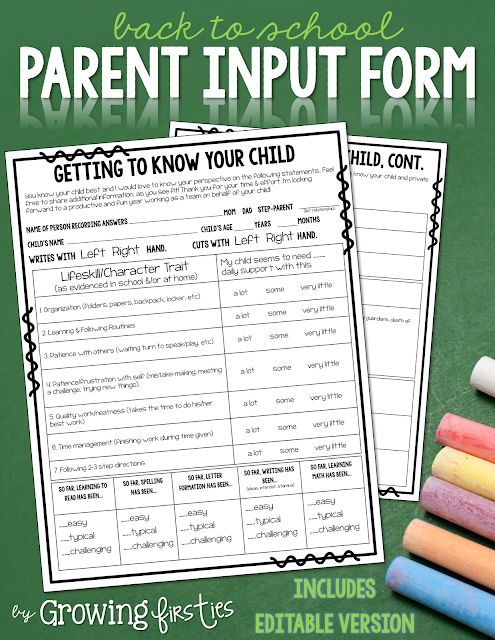Hi everyone! It's that time of year again. Summer is winding down and we are all starting to think about going back to school. Some of you are already there! Am I alone when I say that the first week usually makes me want to pull my hair out? Well today I'm going to talk about setting up your morning routine so your kids know exactly what to do when they walk in the room. Hopefully this will help keep a few more stands on hair on your head. ;)
My first couple years, I really struggled with this. Most kids learned our routines and knew exactly what to do. Others knew what to do, but got side tracked. Still others weren't sure. I realized it wasn't them It was me. When our students are struggling in the classroom, we always need to look at what we are doing that isn't getting through to them. I realized that I taught routines and even modeled them, but some of my students still needed a visual reminder. Most days were the same, but Mondays and Fridays were different because Friday was turn in homework day and Monday they had to check their job chart. Some mornings I had morning work, but other mornings I wanted them to read a book. I wasn't being consistent. So I created these posters for my class:

Each morning, I chose the posters I wanted for that day and put them on my magnetic white board. They took up a lot of space, but I was able to remove them when the bell rang and our day began so it didn't matter. I kept them easily accessible so I could grab them each morning. The following year, I started out my year strong by introducing these posters on day one. I told my students that they could count on these visuals to be there each morning so they knew exactly what to do. I started with just one poster: Hang up your backpack. Then as I introduced more routines, I added that poster up the next morning. Here are some tips on using these posters:
1. Start on Day 1 with just one poster. Introduce the morning routine posters.
2. Each day, add a poster as you introduce new routines.
3. Model and practice as you introduce a new poster.
3. After the bell rings and everyone is seated, go over the posters that you have on the board. Check to make sure everyone has completed each routine before taking down that poster. Give them time to do it if they hadn't already.
4. After all have been introduced, modeled, and practice, spend a few more days or a week (however long it takes) going over each poster to make sure everyone has done them. Do this after everyone is seated. Take down a poster and ask, "Did you hang up your backpack?" If everyone has done it, move on to the next one.
5. Spend time practicing your morning routine at the end of the day so checking these each day becomes a habit. Mix it up so they get used to the fact that sometimes certain posters will not be there. (For example, my homework poster was only there on Fridays.)
6. For those students who need a little extra help, give them a mini-version (pictured below) to keep laminated on their desk. They can check off as they go using a white board marker. If needed, provide a timer to show them how much time they have.
You can download these by clicking HERE
One of my routines on Mondays is to check the job chart. I change out jobs each week. I don't need to keep a checklist of jobs because I just move the jobs one over each week.
There are two different ways to set this up:
Jobs on the inside and faces of students on the outside:
OR jobs on the outside and student names inside:
Another clever idea for job charts:
A coworker many year ago used to have two kids doing each job at a time. The first student was the "expert" and the 2nd was "job training." The next week the job trainee would become the expert and teach the next person how to do the job. That means every other week you were learning a new job and every other week you were an expert. I loved that system!
I hope you all have a great first week back. I hope this post helps with some of those routines! :)











































